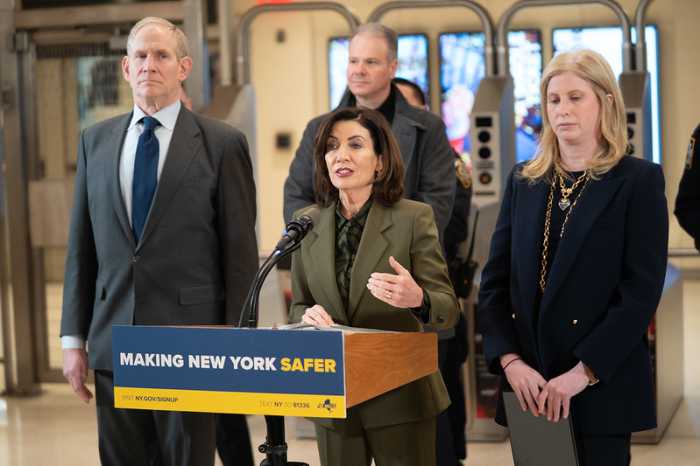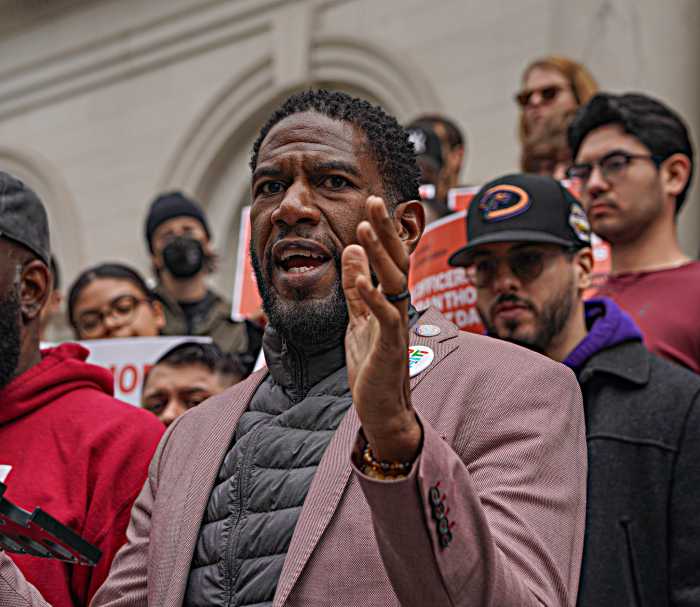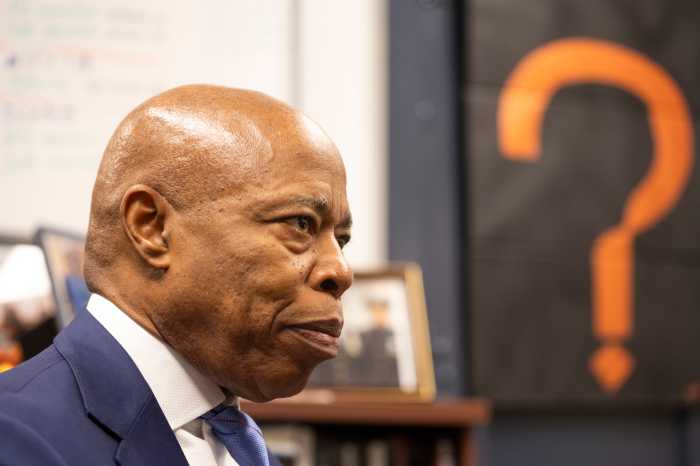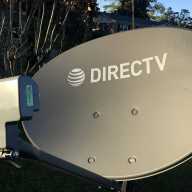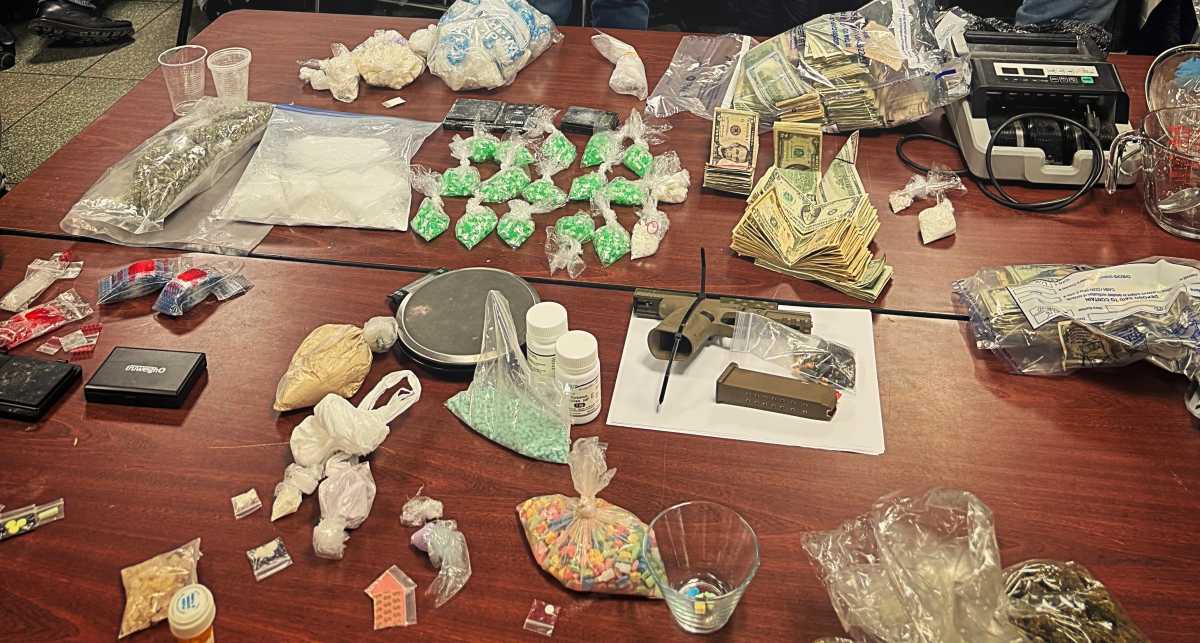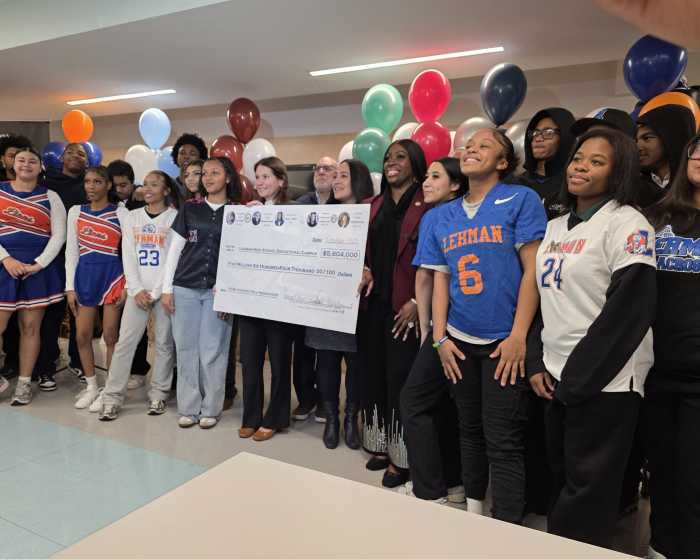
It has transformed into a global Grand Slam event, but the U.S. Open has been a New York City tradition for the past 50 years.
That history will be celebrated over the next two weeks as some of tennis’ greatest players and legends gather at the USTA Billie Jean King National Tennis Center in Flushing Meadows-Corona Park.
It’s where Serena Williams has won the womens single title six times, and Roger Federer dominated the men’s singles for five years in a row.
“Everything about the U.S. Open exudes New York,” said Gordon Smith, executive director and CEO of the U.S. Tennis Association. “It’s gritty. It’s tough. It’s energetic. It’s everything New York is, and that’s what we love about it.”
It was 1968 when the U.S. National Championships — a tournament for amateur tennis players — opened to professionals. Hosted by the exclusive West Side Tennis Club in leafy Forest Hills, that first year made history when 25-year-old Arthur Ashe became the first African-American man to win the U.S. Open.
As one of the most beloved icons of the game, Ashe used his fame to speak out on civil rights and social justice issues until his death in 1993. An immersive exhibit at this year’s Open uses virtual reality to put visitors in the stadium for the 1968 final match between Ashe and Tom Okker. The women’s singles finalists for that year — Billie Jean King and Virginia Wade — and Okker are scheduled to attend the opening day ceremony on Monday.
Despite its genteel surroundings, the tournament and its players provided plenty of storylines on and off the court in its early years.
Brash American champion Jimmy Connors — who won the men’s single title five times — alternately charmed and angered audiences, while his one-time fiancee Chris Evert was dubbed the “Ice Maiden” for her cool, calm dominance on the court.
In 1977, transgender player Renee Richards won a legal battle with the USTA for a chance to qualify for the U.S. Open.
Also, the decision to move the tournament to a larger facility in Flushing Meadows-Corona Park sparked controversy when the chairman of the West Side Tennis Club cited the racial makeup of the Corona neighborhood when he described the new site as uninviting.
The off-court drama, however, did not deter fans who flocked to the matches to see the greatest players in the world.
“You can imagine a kid from Queens — Douglaston, Queens — growing up my dream was always to play here at the U.S. Open,” four-time U.S. Open winner John McEnroe said last week during a dedication ceremony for the new Louis Armstrong Stadium.
The switch to Flushing Meadows in 1978 was not without its problems as some players complained of noise, especially airplanes flying in and out of nearby LaGuardia Airport. Mayor David Dinkins, a tennis fan, appealed to the Federal Aviation Administration and in 1990, it agreed to halt takeoffs from one runway during the tournament because the planes were flying over the stadium.
Upgrading the facility, originally cobbled together on the former World’s Fair site, would take decades. A stadium named for Ashe was built in the 1990s. Just this year, the Louis Armstrong Stadium will welcome the tennis world as the final piece of a $600 million renovation plan, which also added a retractable roof to Arthur Ashe Stadium and included the construction of a new grandstand.
“Every stadium, every court is new from five years ago,” said Smith. “Now we are set for the next 20 years to continue to have the greatest tennis tournament in the world.”
Dinkins smiled at last week’s Armstrong Stadium dedication, reflecting on years of criticism (particularly from successor Rudy Giuliani) for supporting the Open’s move and expansion in Flushing Meadows during his tenure — a project that included a 99-year lease between the USTA and the city.
Giuliani never attended the Open during his eight years in office, saying he disagreed with a deal that required the city to pay penalties if planes fly over the complex during the tournament.
“I’m proud to say now it’s indisputable that the U.S. Open in its two weeks generates more revenue into the economy of the city than the Yankees, Mets, Knicks and Rangers combined,” Dinkins said. “It is really part of the city. You think of tennis, you think of the U.S. Open. You have Wimbledon, the French Open and the Australian Open, but the U.S. Open is the premiere, I say.”



